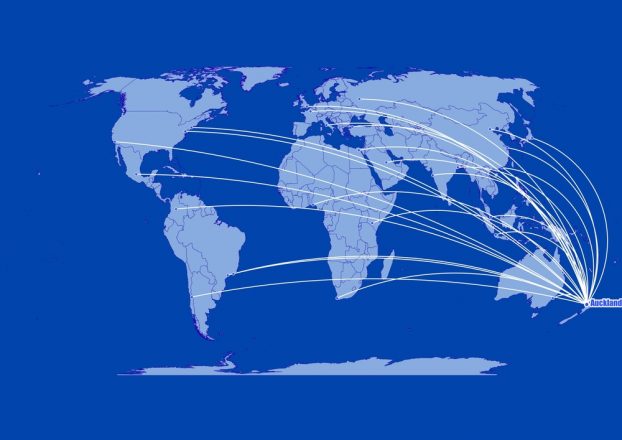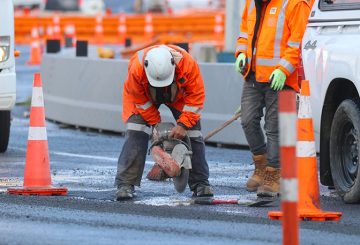항공업계에서는 국제 항공사가 뉴질랜드행 노선을 아예 포기할 수 있다고 우려하면서 정부에 MIQ(관리 격리) 제한을 완화할 것을 촉구했다.
뉴질랜드 항공사연합 대표 저스틴 타이거 움버스(Justin Tighe-Umbers)는 체크 포인트 항공사가 점점 더 좌절감을 느끼고 있으며 일부 항공사들은 이미 뉴질랜드를 운행 목적지로 배제하고 있다고 말했다.
“현재 뉴질랜드 항공 관리자들은 항공 정책을 억지로 끼워맞춰야 하는 지경입니다. 게다가 60명의 승객들만 탑승할 수 있는 비행기를 두고 수지 타산을 맞추고 잇어요. 다른 나라와 비교해보세요. 유럽에서는 백신 접종을받은 여행객들의 탑승이 가능하기 때문에 좌석을 빨리 채우는 중입니다. 따라서 뉴질랜드의 항공 정책은 위험도가 높고 비용도 많이 듭니다. 지금쯤이면 항공사들은 이번 여름 시즌을 포함 최대 3월까지 이미 노선 계획을 다 짜두었을 것”이라고 전했다.
“항공사들에게 다가오는 여름 운항에 대한 명확한 지시를 3월까지 보내야 했다.
“뉴질랜드가 있는 남반구와 북반구의 계절이 반대기 때문에 각 항공사에 운항 계획을 보내고 자리를 확보하는 데 실제로 5-7 개월의 여유가 필요하다. 국경 개방에 대해 진지하게 생각하고 있다는 인상을 줄 좋은 시작은 ‘백신 접종을 받은 뉴질랜드 사람들은 크리스마스 때 자가격리시설에 입소할 필요없이 집으로 돌아올 수 있다’고 말하는 것이다. 하지만 크리스마스까지 사람들이 뉴질랜드로 돌아오려면 지금 바로 논의해야 한다”면서 해외의 많은 뉴질랜드들이 오클랜드보다 덜 위험한 지역에 있었기 때문에 MIQ를 변경하는 것이 합리적이라고 전했다.
“이미 명확하게 음성 검사를 받은 이중 예방 접종 여행객들은 실제 그들이 출발하는 지역의 위험성보다 훨씬 낮다. 따라서 MIQ는 오클랜드에서 발생하는 환자들을 격리시키는 것과 같이 더 유용하게 사용해야 한다”고 말했다.
정부는 내년 초부터 시행할 해외 입국자들에 대한 변경을 예고했다.
그러나 움버스씨는 항공사들에겐 더 구체적인 계획이 필요하다고 지적했다. 창고에 보관된 항공기를 꺼내 다시 가동하는데 최대 3 개월이 걸릴 수 있기 때문이다.
“현재 기존 항공편들이 뉴질랜드로 들어오고 있기 때문에 약간의 여유가 있다. MIQ로 격리되어야 할 탑승객들은 30-60명 정도기 때문이다. 항공사들이 계속 뉴질랜드행 비행을 지속할 수 있게 하기 위해선 어느 정도 확신을 주어야 한다.
“보수적인 서호주(Western Australia)조차도 1월 말에 90% 접종률을 달성하면 접종을 마친 방문객들을 검역없이 들여보낼 것이라는 계획을 세웠다. 우리도 이러한 확신을 담보해야 한다.”
최근 뉴질랜드로의 여행은 2년 전에 비해 98% 증가했다고 그는 말했다.
“보통 한 달 동안 뉴질랜드로 여행오는 사람이 60만 명인 반면, 지금은 약 12,000명입니다. 이는 1960년대 수준입니다.”
출처: RNZ 뉴스






























































